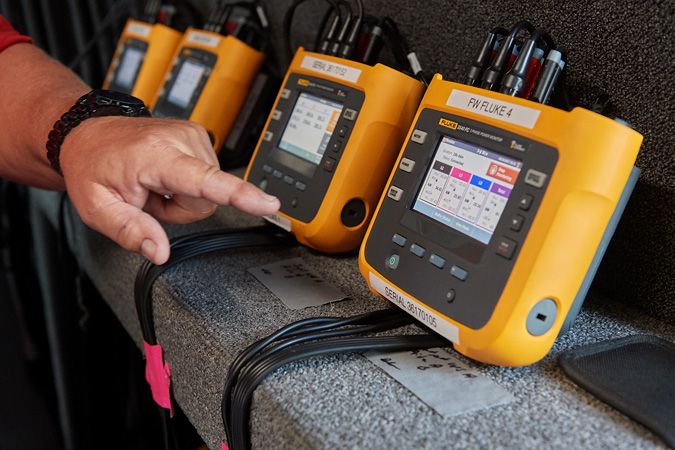One thing you don’t expect when visiting a stadium to see a Premier League match or a concert is to be left in darkness with a power cut.

However; not so long ago that`s exactly what happened at Sunderland AFC when they hosted Hull City at the suitably named Stadium of Light. For 8 whole minutes football fans couldn’t believe what they were seeing. Or rather not seeing when the power went out!
That wasn’t the only time that this has happened at a big game, Stoke City FC`s Premier League match with West Ham back in Dec 2017 was also delayed by an hour. Only the emergency lights could be seen in the corridors as the main lights were hit by the power cut caused by power surges.
Stadiums are not the only buildings that can be affected by power cuts. Power failures have also caused chaos in shopping centres and city car parks. This happened not so long ago in Cambridge.
The list is long! Councils provide a huge number of services to customers in their local areas so they should also be prepared to avoid any power cuts. A couple of years ago an electrical fault disabled the telephone lines at several Council sites across Lincoln.
Facing a power cut in the office is also annoying. When there is no power in an office, no work can be done, and with production at a standstill there is no other result than a loss!

So how do you keep your facilities up and running?
To avoid all these eventualities, power should be checked and monitored regularly. For reliable operation, proper power is needed which is free of dips and spikes that could damage sensitive, expensive communication gear as well as electrical and data equipment.
One of the ways to ensure clean power is to test the incoming power. A possible way of testing the incoming power quality is to test it with a Fluke 435 Power Quality and Energy Analyser. This instrument can be used to ensure that the proper voltage and current is delivered, while checking for dips and spikes that could bring down the equipment.
With the help of a power quality analyser it is possible to measure voltage, current, voltage/current waveform peak, phase angle, frequency, current integration, power integration, active power, reactive power, power factor, efficiency, loss, voltage/current ripple factor, harmonics, electrical noise and much more.
A power quality instrument determines how well a system supports reliable operation of its loads. Moreover, the power quality logger can be left in place to monitor the power over time while you get on with something else.

Please browse our huge selection of power quality analysers, which can help with your daily work!
If you need further assistance, please call our team of experts on 01642 931 329 or visit our website to learn more about our testers and equipment: tester.co.uk


